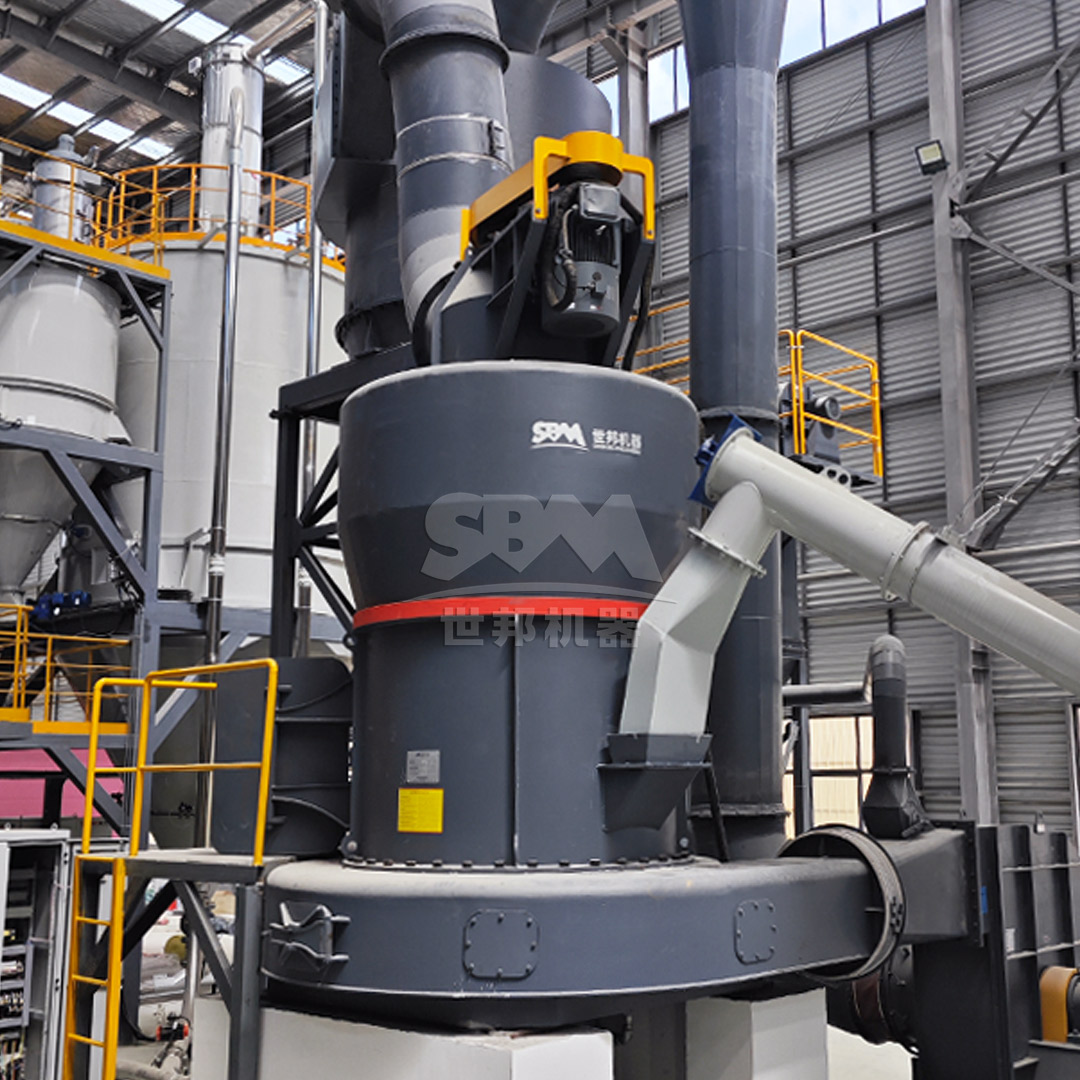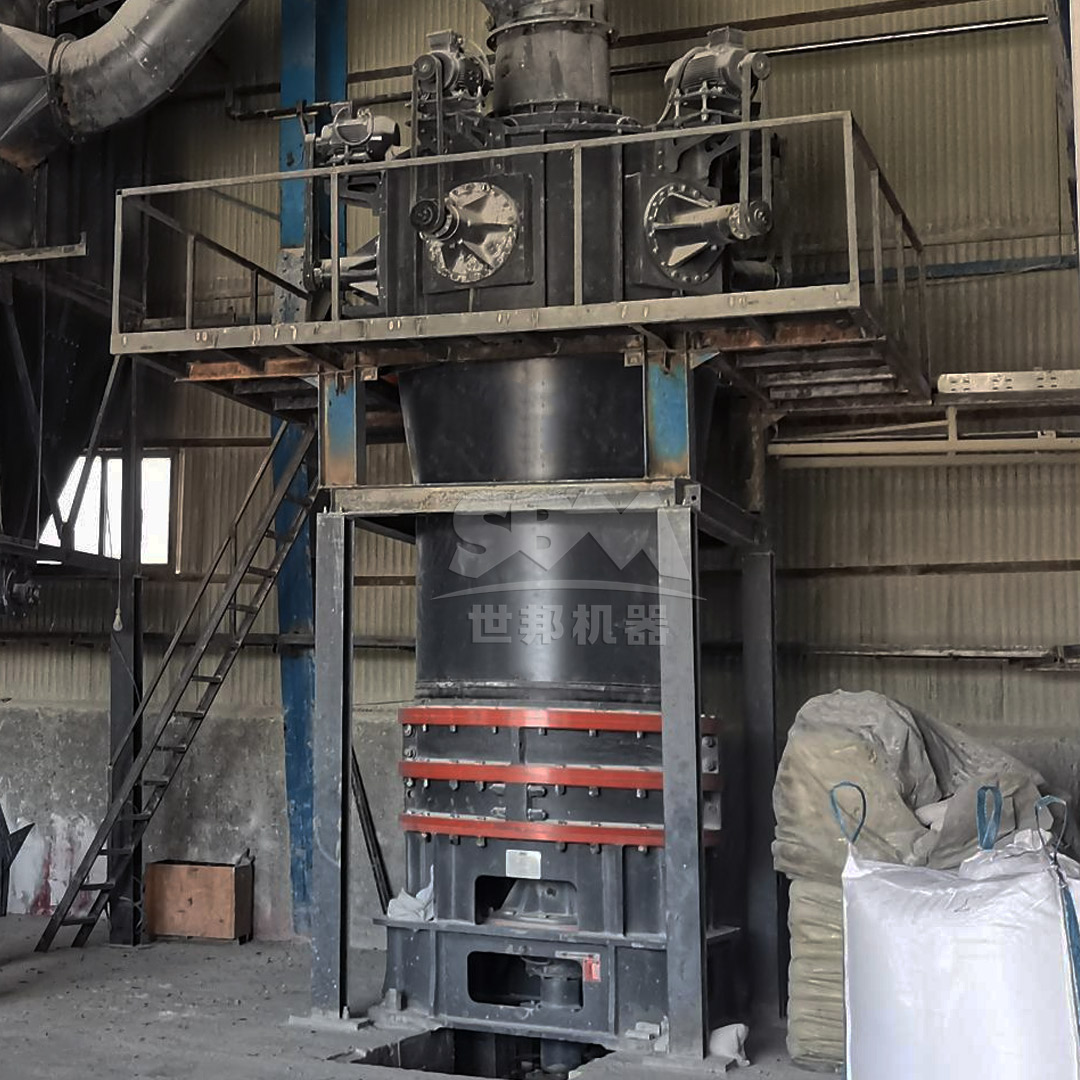Graphite, with its unique layered structure and exceptional properties, has become an indispensable material in various high-tech industries including lithium-ion batteries, fuel cells, lubricants, and advanced composites. The production of high-quality graphite powders requires specialized milling equipment capable of achieving ultra-fine particle sizes while maintaining the material’s crystalline structure and properties. The production capacity of superfine mills for graphite processing depends on multiple factors including the desired final particle size, material characteristics, and the specific technology employed in the milling system.
Unlike conventional milling processes, graphite milling presents unique challenges due to the material’s lubricating properties, electrical conductivity, and tendency to form agglomerates. These characteristics demand specialized milling solutions that can efficiently reduce particle size without compromising the material’s intrinsic properties or causing excessive contamination.

The target particle size significantly impacts the production capacity of superfine mills. Generally, as the required fineness increases, the production capacity decreases due to the additional energy and processing time needed to achieve finer particle sizes. For graphite applications, common requirements range from coarse powders (around 100 mesh) for refractory applications to ultra-fine powders (2500 mesh or below 5μm) for advanced battery materials and conductive coatings.
The relationship between particle size and capacity is not linear. Reducing particle size from 100 mesh to 325 mesh might result in a 20-30% capacity reduction, while further reduction to 1250 mesh could decrease capacity by 50-60% compared to the coarser grinding operation. This exponential relationship must be considered when selecting equipment for specific production requirements.
Graphite ore characteristics play a crucial role in determining milling capacity. Key factors include:
Modern superfine milling systems incorporate advanced technologies that significantly impact production capacity:
For operations requiring high-capacity production of ultra-fine graphite powders, the SCM Ultrafine Mill represents an ideal solution. This advanced milling system combines high efficiency, precise particle size control, and robust construction specifically designed for challenging materials like graphite.
The SCM series offers a comprehensive range of models tailored to different production requirements:
| Model | Processing Capacity (ton/h) | Main Motor Power (kW) | Output Fineness (mesh) | Feed Size (mm) |
|---|---|---|---|---|
| SCM800 | 0.5-4.5 | 75 | 325-2500 | ≤20 |
| SCM900 | 0.8-6.5 | 90 | 325-2500 | ≤20 |
| SCM1000 | 1.0-8.5 | 132 | 325-2500 | ≤20 |
| SCM1250 | 2.5-14 | 185 | 325-2500 | ≤20 |
| SCM1680 | 5.0-25 | 315 | 325-2500 | ≤20 |
The capacity range of 0.5-25 tons per hour makes the SCM series suitable for both pilot-scale operations and large-scale industrial production. The ability to achieve particle sizes down to 5μm (D97) while maintaining high throughput positions this technology as a leader in graphite processing applications.
The SCM Ultrafine Mill incorporates several innovative features that contribute to its exceptional performance in graphite applications:
High-Efficiency Grinding Mechanism: The mill utilizes a unique grinding principle with multiple grinding rings and rollers that create a multi-layer grinding path. This design ensures progressive size reduction with minimal energy consumption, achieving 30% lower energy consumption compared to conventional jet mills while providing twice the production capacity.
Precision Classification System: Equipped with a vertical turbo classifier, the SCM mill achieves precise particle size distribution control. The advanced classification technology ensures no coarse particles contaminate the final product, which is particularly important for high-value graphite applications where consistent quality is critical.
Durability and Maintenance Advantages: The incorporation of special wear-resistant materials in grinding components significantly extends service life. The innovative bearing-free screw grinding chamber design enhances operational stability and reduces maintenance requirements, contributing to higher overall equipment effectiveness.

For applications requiring slightly coarser graphite powders or higher throughput capacities, the MTW Series Trapezium Mill offers an excellent alternative. With capacity ranging from 3 to 45 tons per hour and the ability to produce powders from 30 to 325 mesh, this mill serves a broad spectrum of graphite processing requirements.
The MTW series incorporates several design innovations that enhance its performance in graphite milling applications:
Anti-Wear Shovel Blade Design: The unique combination shovel blade design reduces maintenance costs while the curved surface configuration extends roller service life, particularly important when processing abrasive graphite materials.
Optimized Air Flow Path: The curved air duct design minimizes energy loss during material transport, improving overall system efficiency. The high-strength protective plates safeguard critical working surfaces from wear.
Efficient Drive System: The integrated bevel gear transmission achieves remarkable 98% transmission efficiency while saving space and reducing installation costs.
| Model | Processing Capacity (ton/h) | Main Motor Power (kW) | Output Fineness (mesh) | Feed Size (mm) |
|---|---|---|---|---|
| MTW110 | 3-9 | 55 | 10-325 | <30 |
| MTW138Z | 6-17 | 90 | 10-325 | <35 |
| MTW175G | 9.5-25 | 160 | 10-325 | <40 |
| MTW215G | 15-45 | 280 | 10-325 | <50 |
The wide capacity range and flexible configuration options make the MTW series suitable for various graphite processing scenarios, from battery anode materials to refractory applications.
When selecting a superfine mill for graphite processing, understanding the relationship between production capacity and target fineness is crucial. The following analysis provides guidance for equipment selection based on specific production requirements:
The total cost of ownership for graphite milling operations includes several factors beyond the initial equipment investment:

Maximizing the production capacity of superfine mills for graphite requires proper system design and integration. Key considerations include:
Feed Preparation: Consistent feed size distribution through proper crushing and screening operations ensures optimal mill performance. Implementing appropriate pre-processing steps can increase overall system capacity by 15-25%.
Moisture Control: Maintaining appropriate moisture levels in the feed material prevents agglomeration and classification issues. Integrated drying systems may be necessary for certain graphite types or processing conditions.
The performance of superfine mills depends significantly on properly selected ancillary equipment:
The evolving requirements of graphite-consuming industries continue to drive innovation in superfine milling technology. Emerging trends include:
Intelligent Control Systems: Advanced automation incorporating artificial intelligence and machine learning algorithms will further optimize milling operations, adapting in real-time to changing material characteristics and operating conditions.
Energy Efficiency Improvements: Ongoing development focuses on reducing specific energy consumption while maintaining or improving product quality and production capacity.
Modular System Design: Flexible, modular mill designs will enable easier capacity expansion and adaptation to changing market requirements.
Specialized Solutions: Increasing customization for specific graphite types and applications will continue to enhance processing efficiency and product performance.
The production capacity of superfine mills for graphite processing spans a wide range, from modest pilot-scale operations to large industrial production facilities. The selection of appropriate milling technology depends on multiple factors including target particle size, production volume requirements, material characteristics, and economic considerations.
For ultra-fine graphite applications requiring particle sizes down to 5μm, the SCM Ultrafine Mill offers an optimal combination of precision, efficiency, and capacity ranging from 0.5 to 25 tons per hour. For applications requiring higher throughput with slightly coarser specifications, the MTW Series Trapezium Mill provides capacities up to 45 tons per hour with excellent operational economy.
Understanding the relationship between production capacity, product fineness, and total operational costs enables informed decision-making when selecting superfine milling equipment for graphite processing applications. As technology continues to advance, we can expect further improvements in efficiency, capacity, and product quality across the spectrum of graphite milling operations.